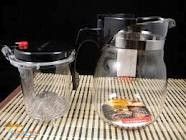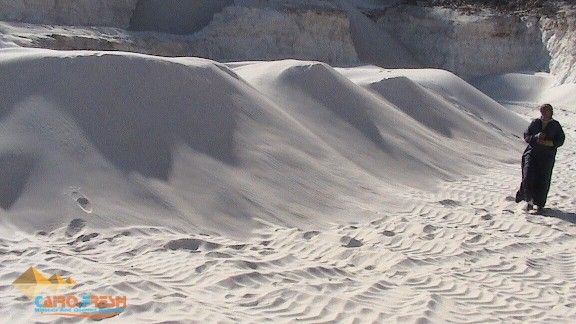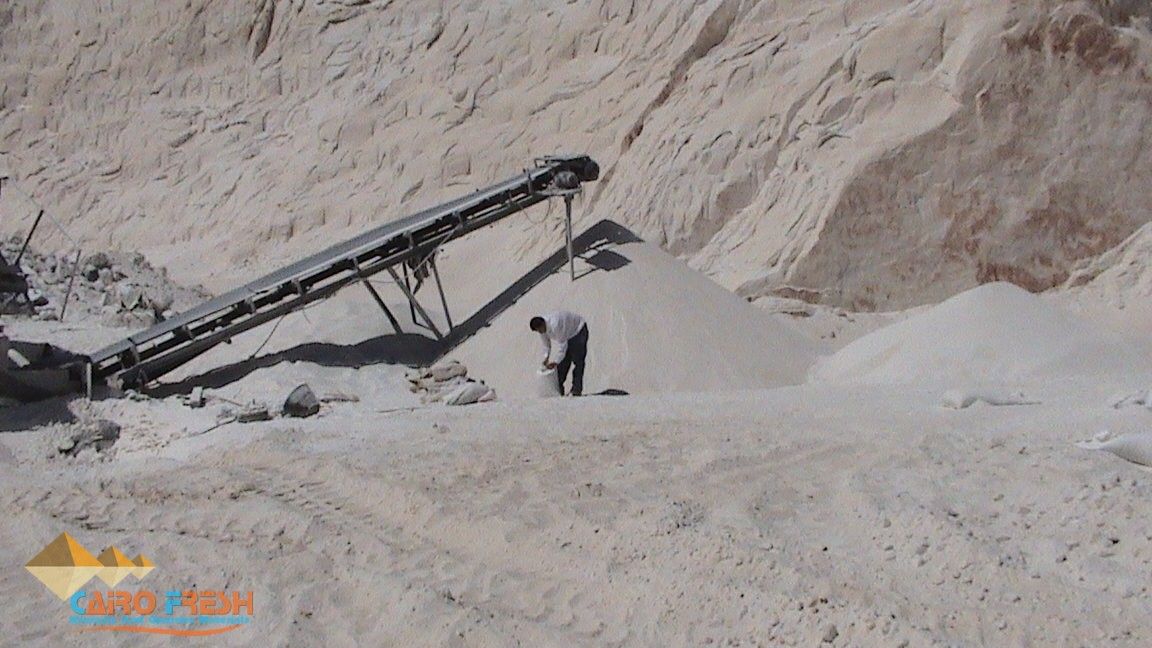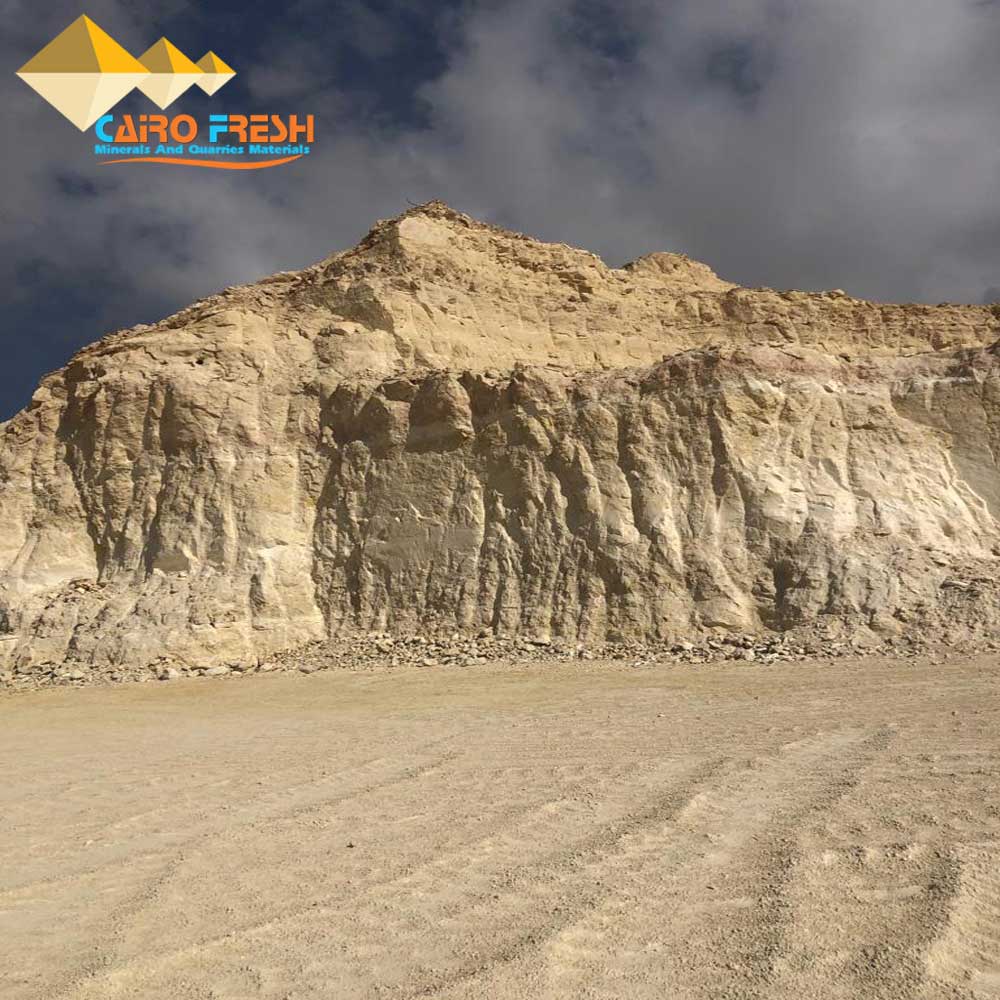Egypt is one of the best places where you can find the Highest and purist Quality Silica-sand for glass manufacturing, CairoMinerals offer Quality Products at Competitive Prices since 2004 but we are not only in the market, you can find many companies in Egypt as well deal with white silica-sand.
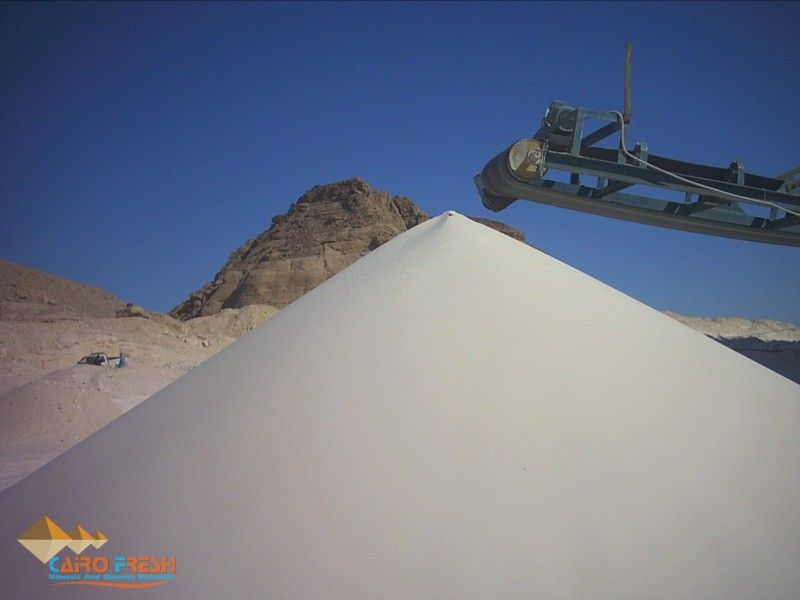
What is silica sand?
Silica (SiO2) sand is easily obtainable on beaches, and manufacturers commonly use it to make glass. People usually crush sandstone or collect it from rivers and beaches. The purest form of silica has a fusion point of 1,760°C (3,200°F). However, impurities lower the melting point of sands used to extract silica. For high-melting-point casting like steel, one should use at least 98% pure silica. For lower-melting-point metals such as cast iron and non-ferrous metals, one can use sand with low purity (94% to 98% pure).
Its abundance makes silica sand the most popular sand, as it costs less. Therefore, its greatest advantage is cost. However, there are some disadvantages of sand as well. The disadvantages of silica are high thermal expansion, which can result in casting defects in metals having high melting points, and low thermal conductivity, which can very easily result in defective casting. Apart from there that, there comes some more barriers to it. Silica sand cannot be used in conjunction with certain basic metals. Using it during metal pouring may result in surface defects caused by its chemical reaction with the metal. Moreover, it also releases silica particles during the pour, which puts foundry workers at risk of developing silicosis.
Silica Sand for Sale
Companies recovering oil and natural gas use commercial silica-sand as a proppant. Additionally, it finds its application in the manufacturing of regular-use items like glass, construction materials, personal care materials, electronics, and renewable materials.
When we use the term industrial sand, we normally refer to silica sand products having high purity with closely controlled sizing. In comparison to ordinary concrete and asphalt gravels, it is generally a clearer product.
Silica (SiO2) minerals mainly exist in the crystalline state, although weathering or plankton fossilization can also cause them to exist in an amorphous form.
Silica-sand deposits undergo open pit mining processes. Extracted ore undergoes multiple processing steps to enhance silica content by reducing impurities. Further, it is dried and sized to the ideal particle size distribution suitable for the intended application.
For industrialization and manufacturing applications, it is preferred to have reserves of products containing a minimum of 95% SiO2, which produce silica. Silica is hard and chemically inert with a high melting point, giving it strength in bonding between the atoms. These qualities make it suitable for use in applications such as foundries and filtration systems. Silicon dioxide’s contribution and non-reactive properties make it an essential component in the manufacture of daily-use goods. So, owing to its high-grade characteristics and purity, silica sand is also used in glass manufacturing.
What is the History of Silica Sand?
Silica sand, which is one of the oldest substances on earth, has been in existence since the earth’s formation. Silicon dioxide (SiO2) is a form of this sand and has been crucial to the evolution of life on earth. Primitive life forms used it to create their skeletons and basic structures, while prehistoric plants employed this substance as support structures. Over time, ancient civilizations like Rome utilized SiO2 to reinforce their concrete and to make jewelry from quartz crystals. Hindu Monks incorporated silica into their rituals, creating intricate patterns as part of their religious practice. To this day, humans still use silica to create patterns and designs. Silica finds widespread use in glass making, which was pioneered by the Venetians of Italy. They mastered glass blowing techniques.
Who Did Discovery Silica Sand?
Jons Berzelius (1779-1848) discovered Silicon Dioxide SiO2 in 1824. A Swedish chemist, mentored by the great scientist John Dalton, became famous for developing theories about ions and ionic compounds. With a focus on precise quantitative measurements and chemical purity, this chemist determined the fundamental components of many compounds. In 1826, this chemist issued a table of atomic weights that closely resembles the one in use today. In 1811, Jons Berzelius introduced the conventional system of chemical symbols. He abbreviated elements by one or two letters from their Latin terms. Along with others, Berzelius is renowned as one of the founders of chemistry.
Below Is Different Grades of White Silica Sand For Glass Manufacturing:
Applications Glassware & Crystal
- processed from Abou Zniema quarries
- stored and exported in Bulk shipment from port ABOU ZNIEMA PORT (red sea port)
- vessel of 5000-25000 M tons Max can enter the port draft
- We can pack orders up to 1000 tons in big bags weighing 1250kg-1500kg.
- We can stuff 25-27 tons in 20-foot containers.
Applications Float Glass. Container Glass. Glass sheets
- processed from Abou Zniema quarries
- stored and exported in Bulk shipment from port ABOU ZNIEMA PORT (red sea port)
- vessel of 5000-25000 M tons Max can enter the port draft
- We can use big bags weighing 1250kg-1500kg to pack orders below 1000 tons.
- 20-foot containers have the capacity to hold 25-27 tons.
- Silica-Sand 100MUL (ABOU ZENIMA)
Silica /Sand 150MUL (ABOU ZENIMA)
Egypt is one of the best places where you can get the highest and purist Quality Silica-Sand. Cairo Minerals has offered Quality Products at Competitive Prices since 2004. Furthermore, our presence is not only in the market but also you can find many companies in Egypt dealing with white silica sand as well.
Where can you buy Silica Sand?
You can buy it from the north side of the Suez Gulf in Abu Zenima, the southern side of the Suez Gulf in Al Zafarana along the Red Sea cost in addition to Al Arish, North Sinai.
- You can check our Products Page
- Or visit our page on Alibaba.
- Also, it would be our pleasure to help you with any information about Silica, so don’t hesitate to contact us.
There are several ways to contact us at any time .!
Are you looking for quality and reliable Silica Sand for glass manufacturing suppliers!!!?
Let Cairo Minerals find the perfect solution!
One hand uses sand with over 99.3% purity to manufacture various glass products like float glass, glass sheets, glassware, tableware, crystal, bottles, and container glass.
On the other hand, the highest content of SIO2 and lowest one of Iron is the main element in concentration and arbitrage in Silica-sand.
Silica /Sand 150MUL (ABOU ZENIMA)
| Oxides | % |
| SIO2 | 99.3-99.5% |
| FE2O3 | 0.0150 |
| AL2O3 | 00.20-0.30 |
| TIO2 | 0.02500 |
| CR2O3 | 0.0020 |
| Moisture | 0.40 |
Characteristics
| Color | White |
| Grain Shape | Semi round- Angular |
| Bulk Density | (1400 – 1570 kg/m3) |
| Specific Gravity | 2.2 – 2.5 |
| Turbidity | <100 |
| Hardness | 7 Moh |
| Attrition Loss | below 1% in 100 hours backwashing |
| Acid Solubility | below 2% [24hours in 20% Hal] |
| +0.630MM | 1% MAX |
| -0.125MM | 3%MAX |
Silica /Sand 250-300MUL (ABOU ZENIMA)
| Oxides | % |
| SIO2 | 99.3-99.5% |
| FE2O3 | 0.0150 |
| AL2O3 | 00.20-0.30 |
| TIO2 | 0.02500 |
| CR2O3 | 0.0020 |
| Moisture | 0.40 |
Characteristics
| Color | White |
| Grain Shape | Semi round- Angular |
| Bulk Density | (1400 – 1570 kg/m3) |
| Specific Gravity | 2.2 – 2.5 |
| Turbidity | <100 |
| Hardness | 7 Moh |
| Attrition Loss | below 1% in 100 hours backwashing |
| Acid Solubility | below 2% [24hours in 20% Hal] |
| +0.630MM | 1% MAX |
| -0.125MM | 3%MAX |
Also, you can find River Sand for Construction River Sand is a naturally occurring granular material composed of finely divided in natural quarries and mineral particles.
